Home>Furniture & Design>Bathroom Accessories>How Long To Fill A Bathtub
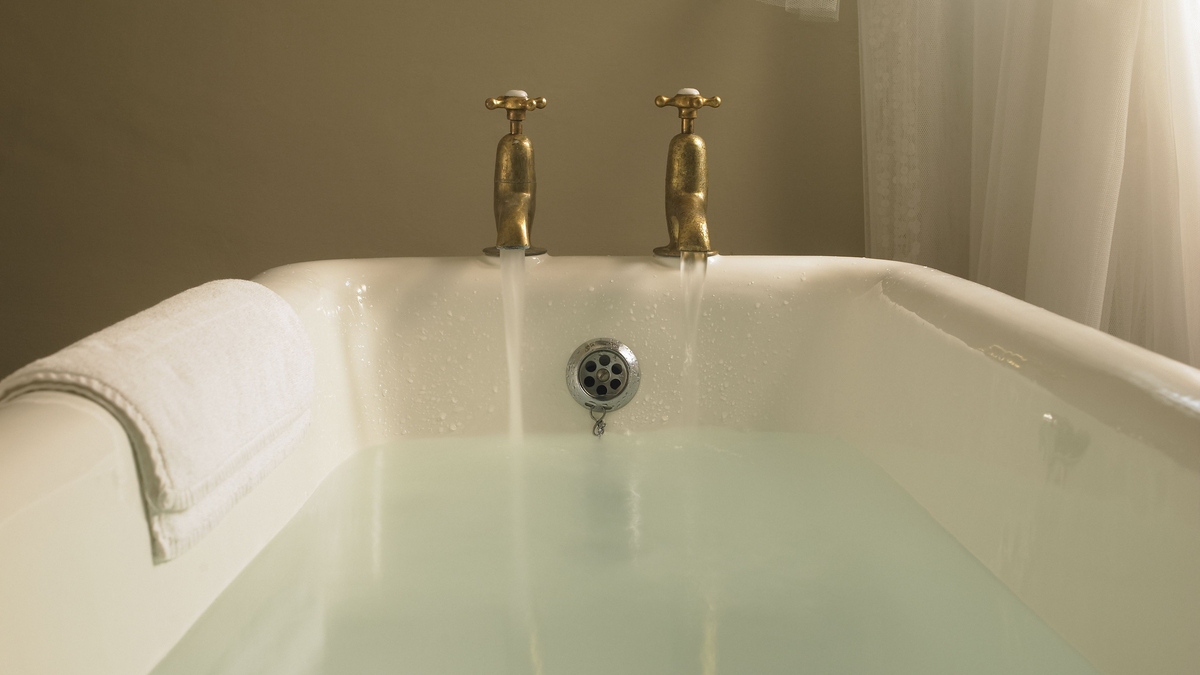

Bathroom Accessories
How Long To Fill A Bathtub
Modified: August 31, 2024
Discover the ideal time to fill a bathtub with our bathroom accessories. Find the perfect solution for your bathing needs and enjoy a relaxing experience.
(Many of the links in this article redirect to a specific reviewed product. Your purchase of these products through affiliate links helps to generate commission for Storables.com, at no extra cost. Learn more)
Factors Affecting Fill Time
The time it takes to fill a bathtub can vary significantly based on several factors. Understanding these factors can help you optimize the filling process and make the most of your bathing experience.
Read more: How Many Orbeez To Fill A Bathtub
1. Bathtub Size:
The size of your bathtub plays a crucial role in determining the fill time. Larger bathtubs naturally require more water and, consequently, more time to fill. If you have a deep soaking tub or a luxurious whirlpool bathtub, expect a longer fill time compared to standard tubs.
2. Water Pressure:
The water pressure in your home directly impacts the speed at which your bathtub fills. Higher water pressure results in a faster fill time, while lower pressure can significantly extend the duration. If you notice a prolonged fill time, it might be worth checking your home's water pressure and addressing any potential issues.
3. Pipe Size and Condition:
The condition and size of the pipes delivering water to your bathtub can influence the fill time. Narrow or clogged pipes can restrict water flow, leading to a slower fill. Ensuring that your plumbing is in good condition and free from blockages can help optimize the fill time.
4. Filling Mechanism:
The method used to fill the bathtub can also impact the fill time. Whether you opt for the traditional faucet filling, a handheld showerhead, or a high-flow tub filler, each method can result in varying fill times. Additionally, some bathtubs feature a rapid fill option, which can expedite the process significantly.
Read more: How High Should You Fill A Bathtub
5. Water Temperature:
While not directly related to the fill time, the desired water temperature can influence the overall time spent in the filling process. If you prefer a specific water temperature for your bath, you may need to account for the additional time required to reach and maintain that temperature.
Understanding these factors can empower you to make informed decisions when it comes to filling your bathtub. By considering the bathtub size, water pressure, pipe condition, filling mechanism, and water temperature, you can optimize the fill time and enhance your bathing routine.
Key Takeaways:
- Fill time for a bathtub depends on its size, water pressure, pipe condition, filling method, and water temperature. Understanding these factors can help optimize the filling process for a better bathing experience.
- Factors such as water flow rate, filling method, and plumbing condition influence bathtub fill time. Upgrading to high-flow fixtures, utilizing rapid fill options, and strategic water placement can expedite the filling process.
Standard Bathtub Capacity
Standard bathtub capacity is a fundamental consideration when estimating the fill time of a bathtub. The capacity of a standard bathtub is typically measured in gallons and can vary based on the specific type and design. The most common standard bathtub size in the United States holds approximately 40 to 60 gallons of water when filled to the brim. However, it's important to note that this capacity can differ based on the bathtub's shape, depth, and overall dimensions.
The standard bathtub capacity serves as a crucial reference point for homeowners and individuals looking to gauge the water requirements for a relaxing bath. Understanding the capacity of your bathtub enables you to plan the fill time more effectively, ensuring that you have the right amount of water for a comfortable bathing experience.
It's worth mentioning that while the standard bathtub capacity provides a general guideline, variations exist in the market. For instance, deeper soaking tubs or larger whirlpool bathtubs may have a higher capacity, requiring more water and consequently a longer fill time. Conversely, smaller or shallower bathtubs may have a lower capacity, resulting in a relatively quicker fill time.
When considering the standard bathtub capacity, it's essential to account for the desired water level for your bath. Some individuals prefer a deeper soak, while others may opt for a more conservative water level. By aligning the fill time with your preferred water level, you can optimize the bathing experience and minimize water wastage.
In summary, the standard bathtub capacity serves as a pivotal factor in estimating fill time and optimizing the water usage for a satisfying bath. By understanding the typical water capacity of your bathtub and factoring in your personal preferences, you can effectively manage the fill time and ensure a delightful bathing experience.
Water Flow Rate
The water flow rate, often measured in gallons per minute (GPM), is a critical factor influencing the fill time of a bathtub. It refers to the volume of water delivered per unit of time and is determined by the efficiency of the plumbing system and the type of fixtures used for filling the bathtub.
The water flow rate can vary significantly based on the specific fixtures installed in your bathroom. Traditional faucets typically have a flow rate ranging from 2 to 2.5 GPM, while high-efficiency faucets and fixtures are designed to deliver a lower flow rate, often around 1.5 GPM. Additionally, handheld showerheads and tub fillers may have varying flow rates, impacting the speed at which the bathtub fills.
When assessing the water flow rate, it's essential to consider the impact of water-saving fixtures. While these fixtures are designed to conserve water, they can also extend the fill time of the bathtub due to the reduced flow rate. However, advancements in technology have led to the development of high-flow tub fillers and rapid fill options, which can significantly expedite the filling process without compromising water conservation efforts.
Moreover, the overall water flow rate is influenced by the condition of the plumbing system and the presence of any flow restrictors. Clogged or aging pipes, as well as outdated fixtures, can impede the flow rate, resulting in a prolonged fill time. Regular maintenance and the installation of modern, efficient fixtures can help optimize the water flow rate and reduce the time required to fill the bathtub.
By understanding the water flow rate and its impact on the fill time, homeowners can make informed decisions when selecting fixtures and maintaining their plumbing systems. Whether it involves upgrading to high-flow fixtures, addressing plumbing issues, or exploring innovative filling mechanisms, optimizing the water flow rate can lead to a more efficient and enjoyable bathing experience.
In summary, the water flow rate directly influences the fill time of a bathtub, and its optimization is crucial for enhancing the overall bathing routine. By considering the flow rate of fixtures, the impact of water-saving technologies, and the condition of the plumbing system, individuals can effectively manage the fill time and ensure a seamless and efficient bathtub filling process.
Filling Methods
The method used to fill a bathtub can significantly impact the fill time and overall bathing experience. Understanding the various filling methods and their respective implications is essential for homeowners and individuals seeking to optimize the process.
-
Traditional Faucet Filling:
The traditional method of filling a bathtub involves using the built-in faucet. This approach is straightforward and commonly found in residential bathrooms. While it provides a familiar and reliable means of filling the bathtub, the fill time can vary based on the water flow rate and the capacity of the bathtub. Additionally, the positioning of the faucet may influence the water distribution within the tub, requiring occasional adjustments to achieve an even fill. -
Handheld Showerhead:
Some individuals prefer using a handheld showerhead to fill the bathtub. This method offers flexibility and control over the water flow, allowing for targeted filling and the option to adjust the spray pattern. However, the fill time may be influenced by the flow rate of the showerhead and the need to manually direct the water into the bathtub, which can impact the overall efficiency. -
High-Flow Tub Filler:
High-flow tub fillers are designed to deliver a greater volume of water per minute, expediting the filling process. These fixtures are engineered to optimize the fill time without compromising water conservation efforts, making them an attractive option for those seeking a faster and more efficient bathtub filling experience. The high-flow tub filler is particularly beneficial for larger bathtubs with higher water capacities, as it can significantly reduce the overall fill time. -
Rapid Fill Options:
Some modern bathtubs feature rapid fill options, which utilize specialized mechanisms to expedite the filling process. These innovative features are designed to deliver a swift and efficient fill, catering to individuals who prioritize convenience and time-saving solutions. By harnessing advanced technology, rapid fill options can streamline the bathtub filling experience, allowing for a quicker transition to relaxation and rejuvenation.
By considering the various filling methods and their respective attributes, individuals can tailor the bathtub filling process to align with their preferences and lifestyle. Whether it involves leveraging traditional faucet filling, embracing the flexibility of a handheld showerhead, investing in high-flow tub fillers, or exploring rapid fill options, the chosen method can significantly influence the fill time and contribute to a more enjoyable bathing routine.
Read more: How To Fill Large Gaps Around A Bathtub
Tips for Faster Filling
When aiming for a quicker bathtub filling experience, several practical tips can help streamline the process and enhance efficiency. By implementing these strategies, individuals can optimize the fill time and transition more swiftly to a relaxing and rejuvenating bath.
-
Optimize Water Flow: Ensuring that the plumbing system and fixtures deliver an efficient water flow rate is essential for faster filling. Upgrading to high-flow tub fillers or selecting fixtures with enhanced flow rates can expedite the process without compromising water conservation efforts.
-
Address Plumbing Issues: Regular maintenance of the plumbing system, including the inspection of pipes and fixtures, can help identify and address any issues that may impede water flow. Clearing clogged pipes and replacing outdated fixtures can contribute to a more efficient bathtub filling experience.
-
Utilize Rapid Fill Options: If available, leveraging the rapid fill feature of modern bathtubs can significantly reduce the fill time. These innovative mechanisms are designed to expedite the filling process, offering a convenient solution for those seeking a quicker transition to relaxation.
-
Pre-Adjust Water Temperature: Pre-setting the desired water temperature before initiating the filling process can save time and streamline the overall experience. By ensuring that the water temperature aligns with personal preferences from the outset, individuals can minimize the time spent waiting for the water to reach the ideal warmth.
-
Strategic Water Placement: When using a handheld showerhead or a flexible filling method, strategically directing the water flow into the bathtub can optimize the fill time. By efficiently targeting the water distribution, individuals can expedite the filling process and minimize unnecessary adjustments.
-
Monitor Fill Level: Keeping a close eye on the bathtub's fill level can prevent overfilling and unnecessary water wastage. By monitoring the progress and promptly adjusting the filling mechanism as needed, individuals can achieve the desired water level more efficiently.
-
Consider Tub Capacity: Understanding the capacity of the bathtub and aligning it with personal preferences can help optimize the fill time. Filling the bathtub to the ideal level, based on its capacity and individual comfort, can contribute to a more efficient and satisfying bathing experience.
By incorporating these tips into the bathtub filling routine, individuals can effectively reduce the fill time and enhance the overall efficiency of the process. Whether it involves optimizing water flow, leveraging innovative features, or strategically managing the filling process, these practical strategies can contribute to a more seamless and enjoyable bathing experience.
Frequently Asked Questions about How Long To Fill A Bathtub
Was this page helpful?
At Storables.com, we guarantee accurate and reliable information. Our content, validated by Expert Board Contributors, is crafted following stringent Editorial Policies. We're committed to providing you with well-researched, expert-backed insights for all your informational needs.
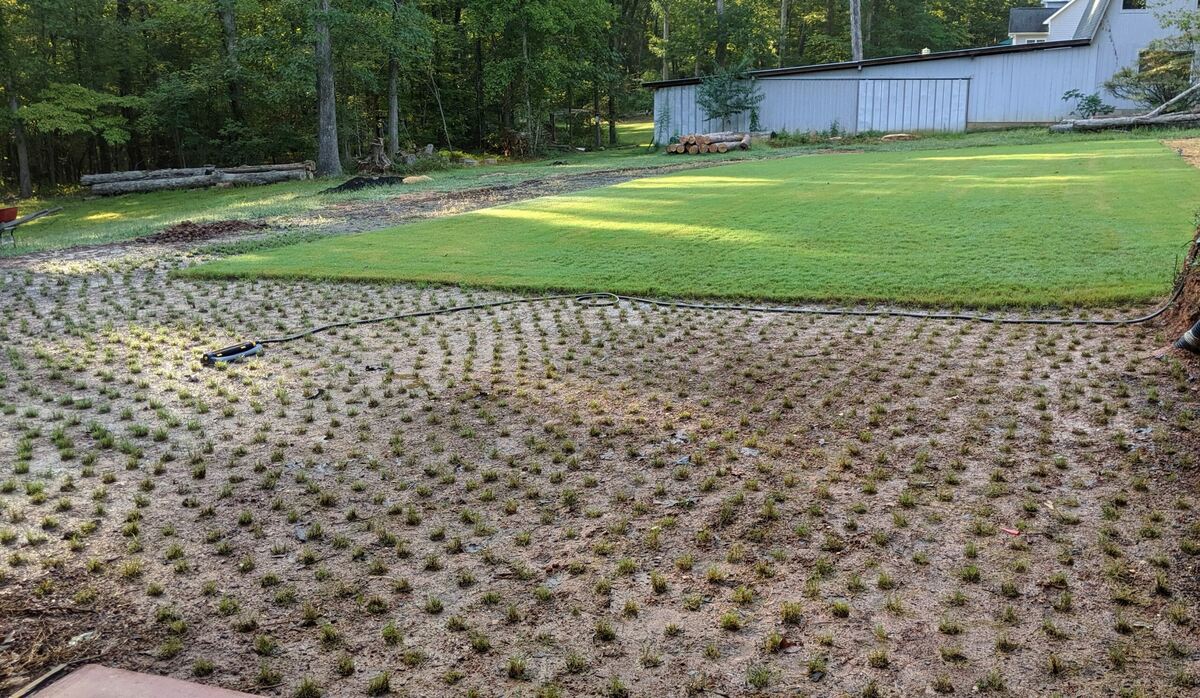

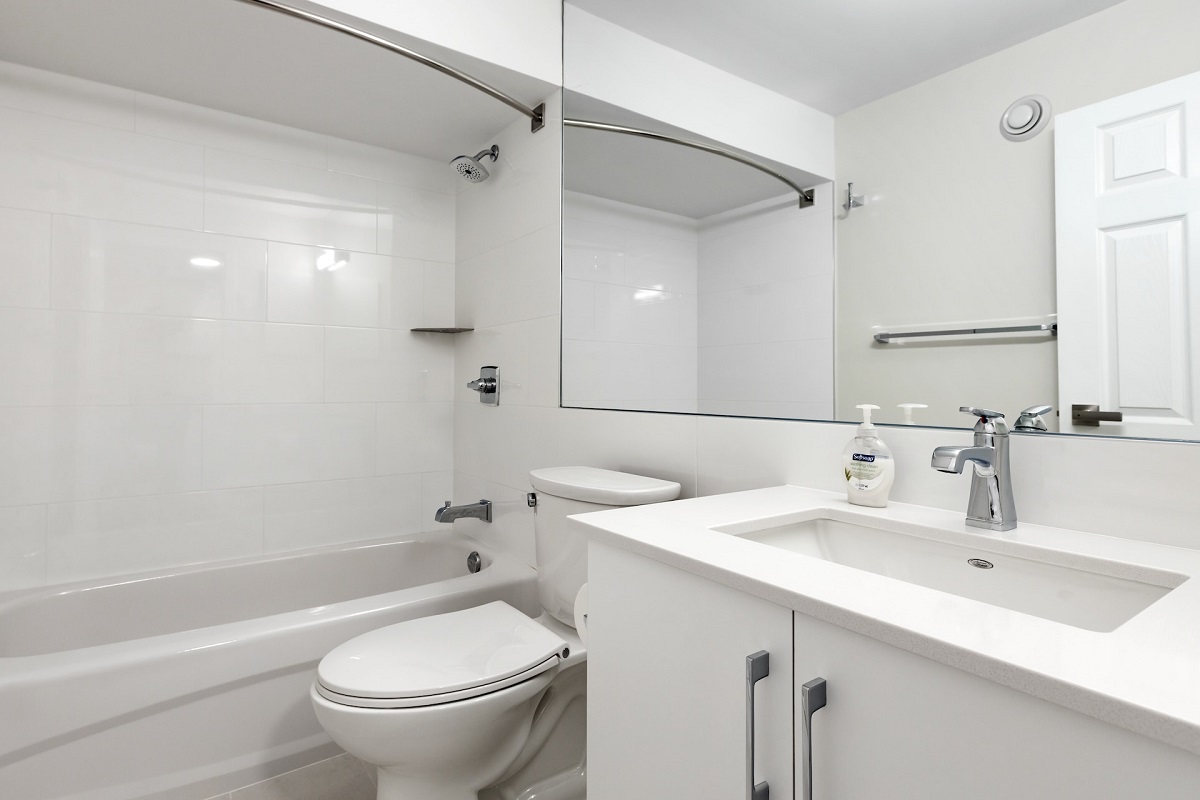
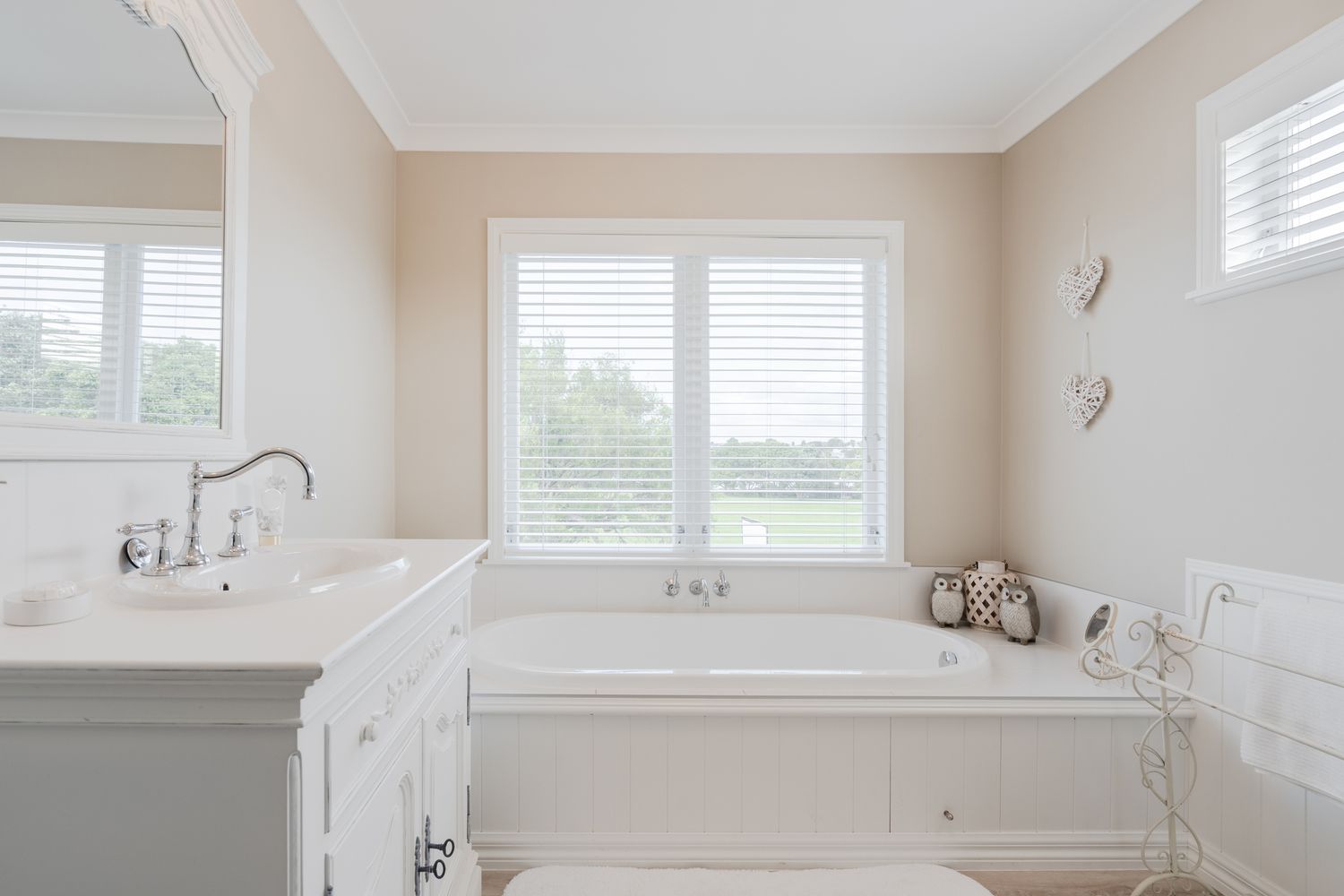
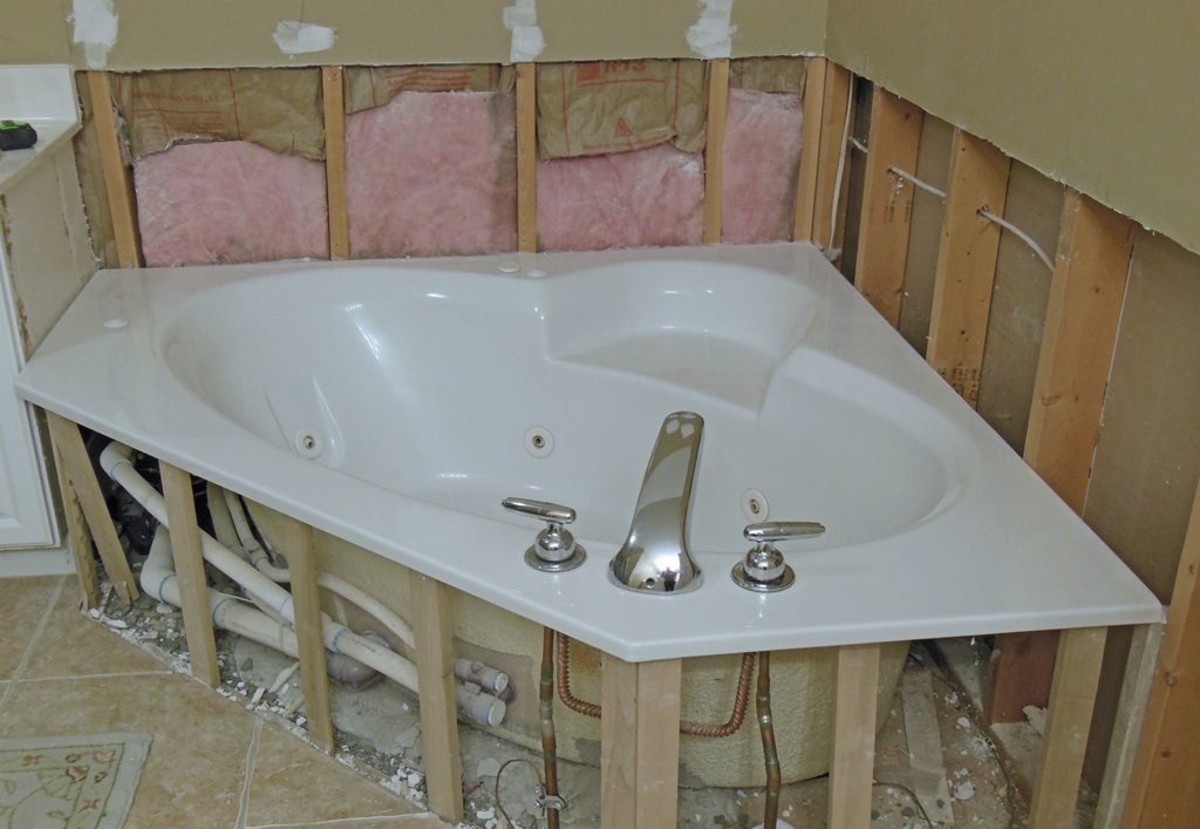
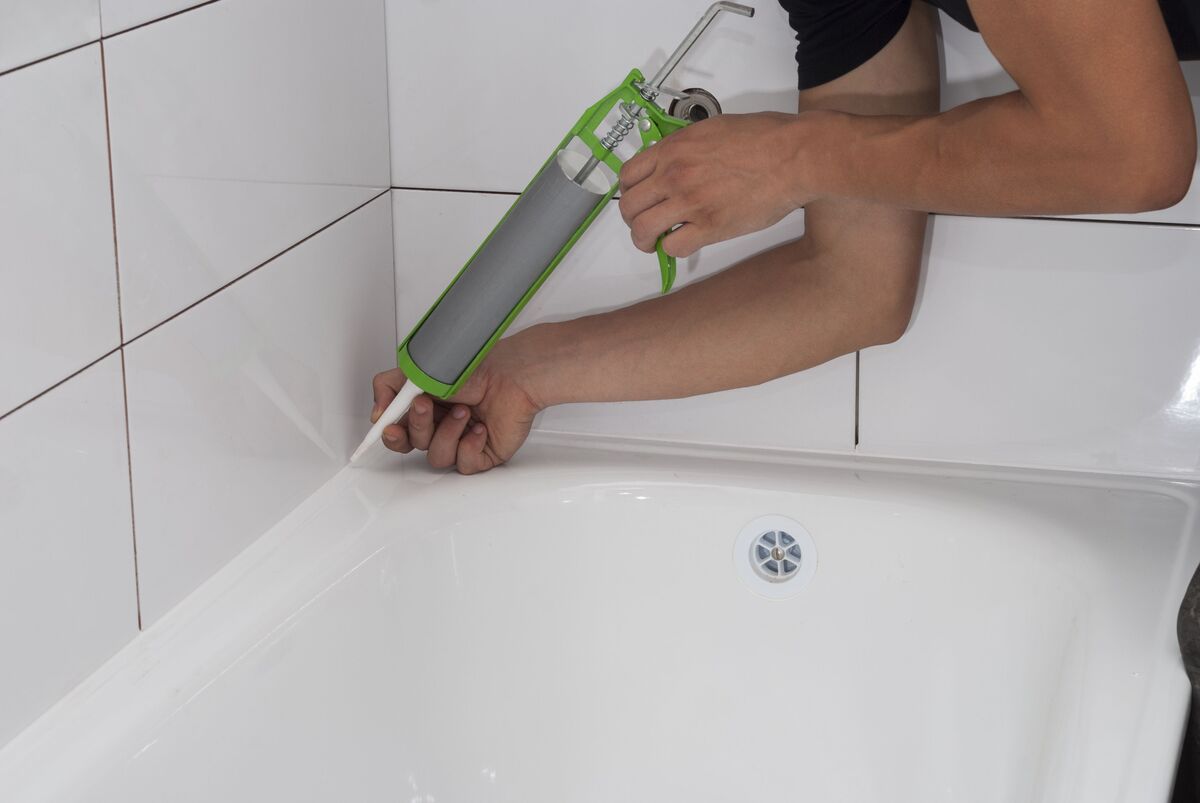
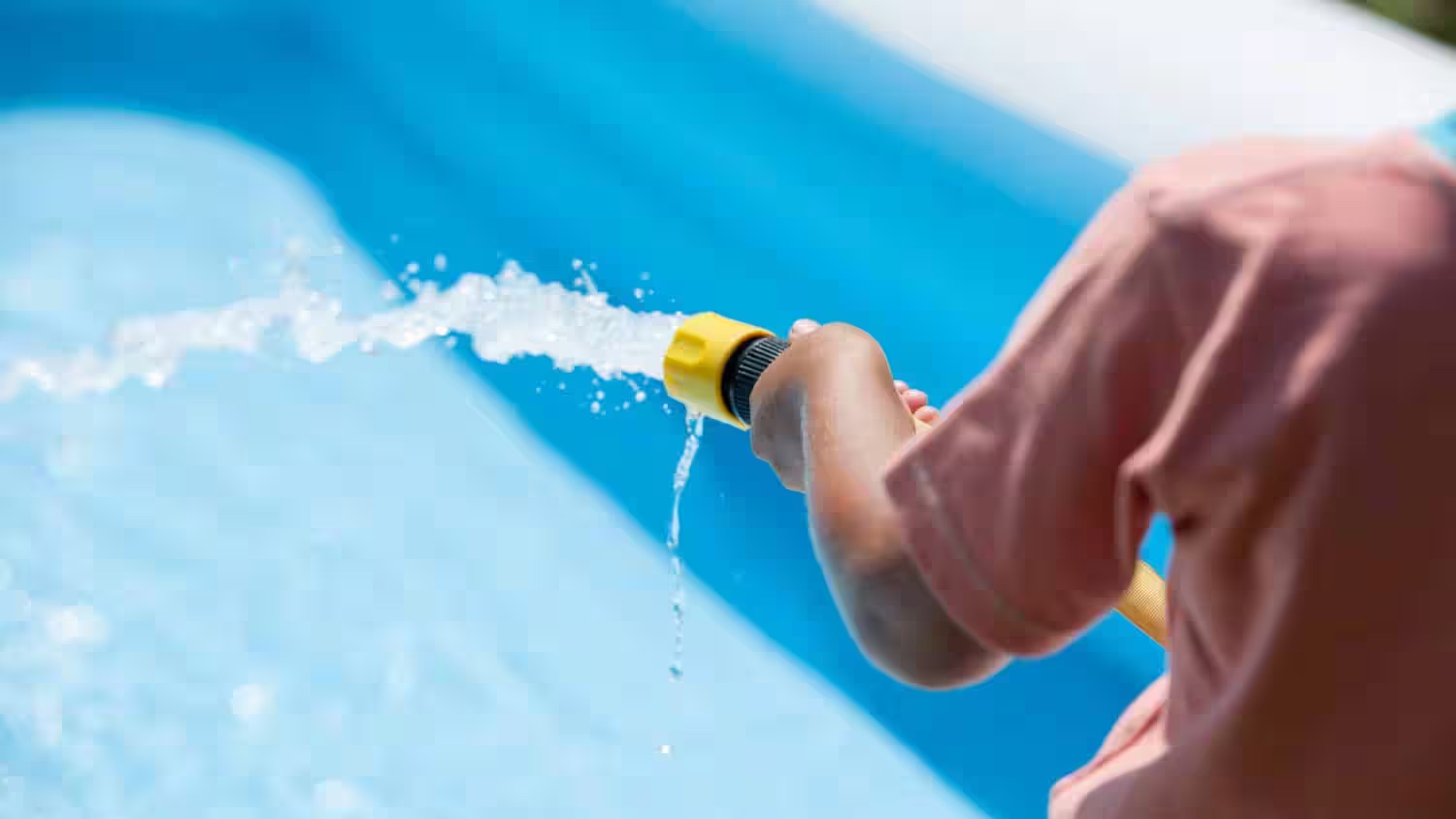
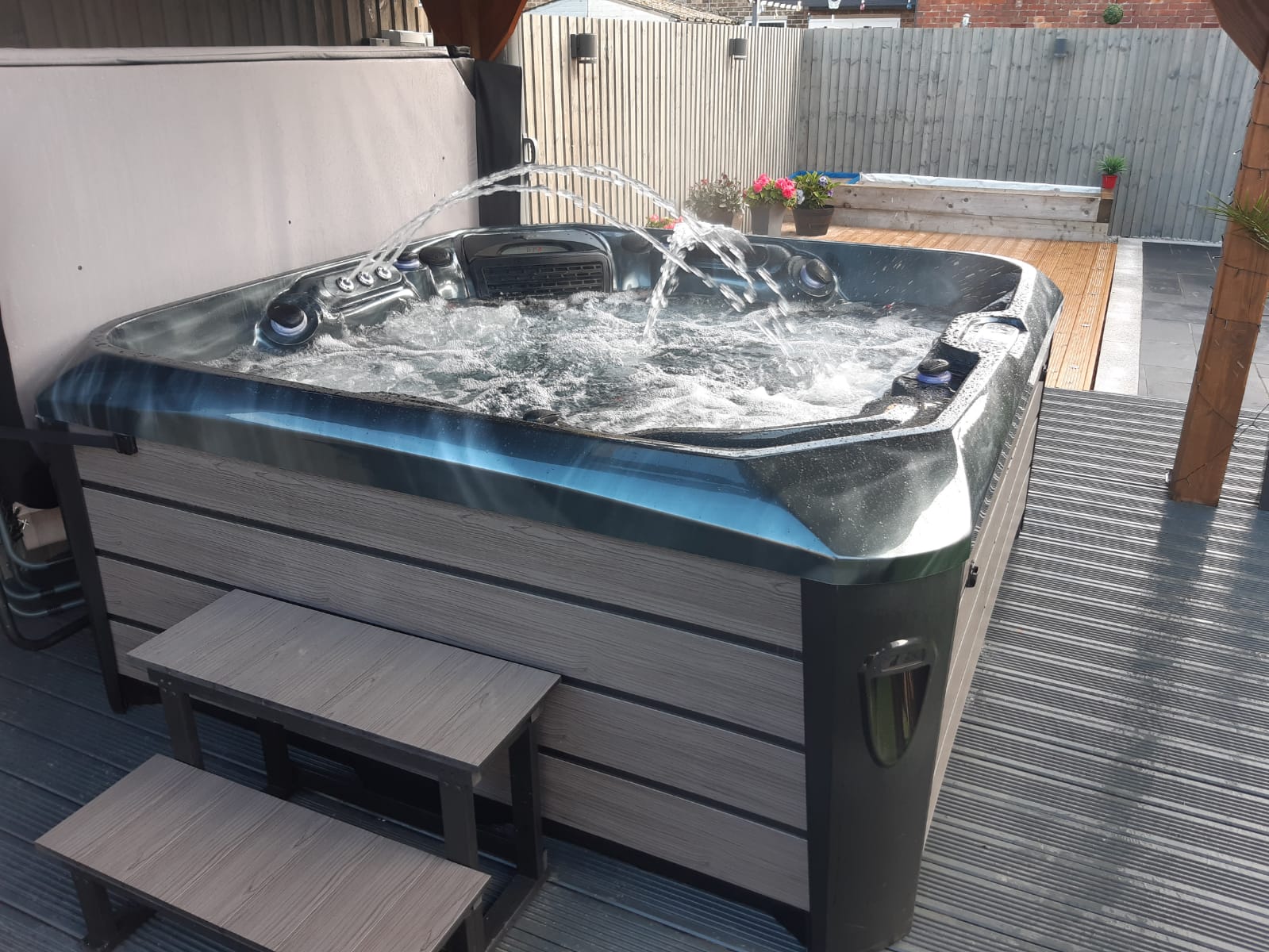

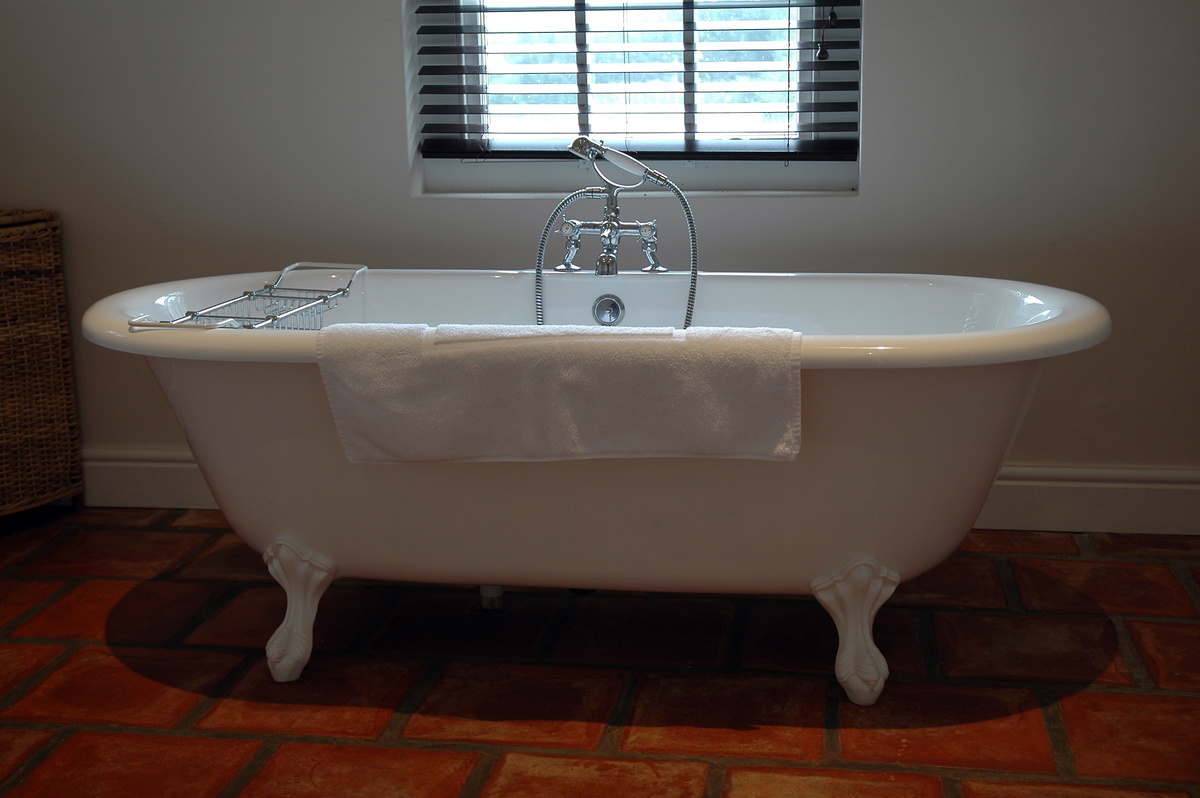
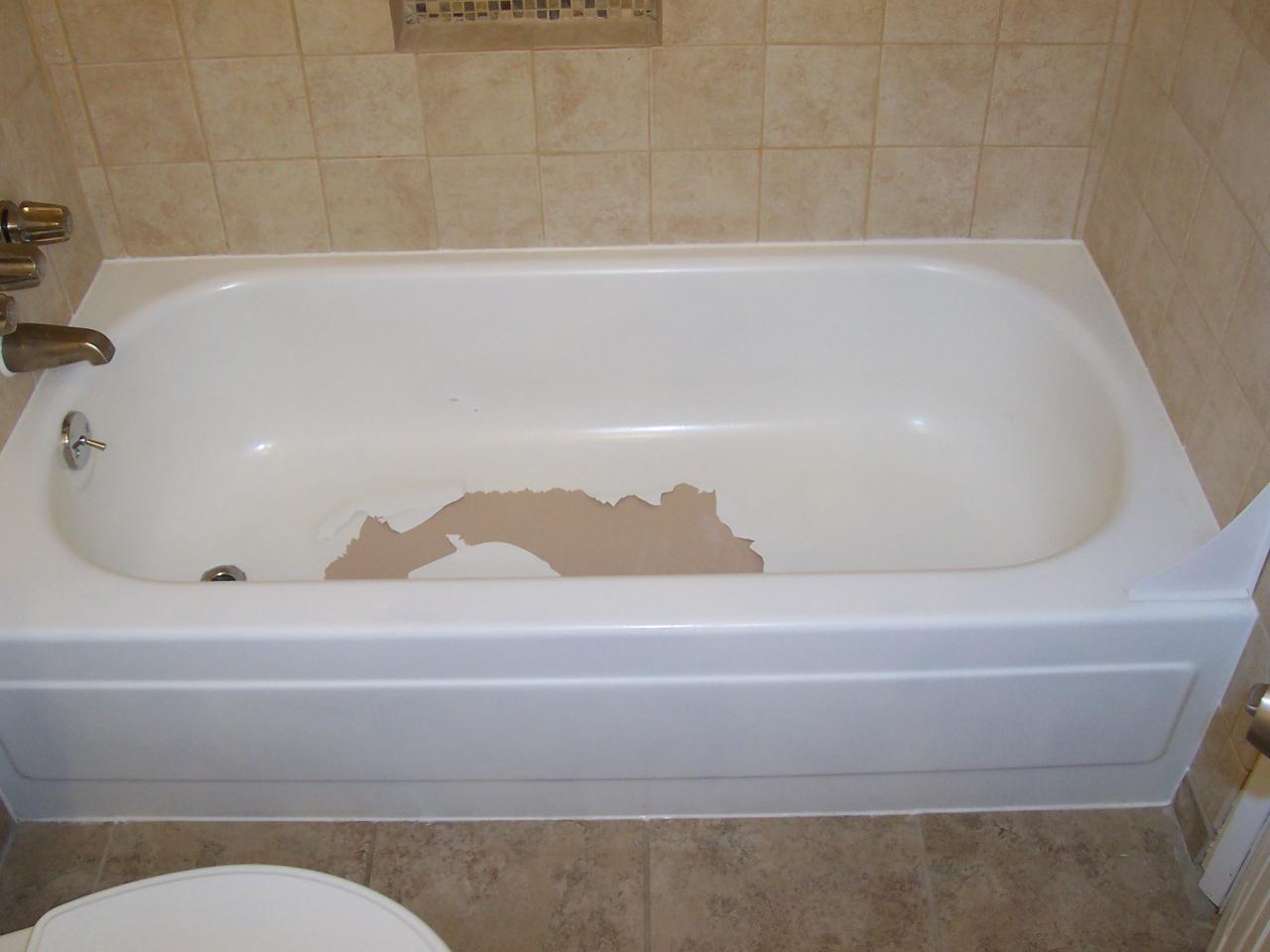

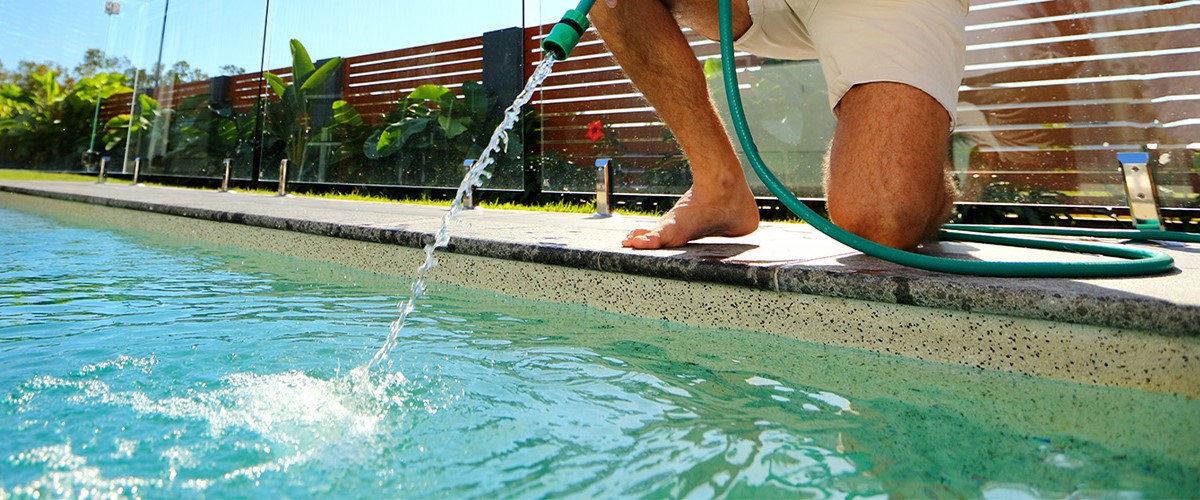

0 thoughts on “How Long To Fill A Bathtub”